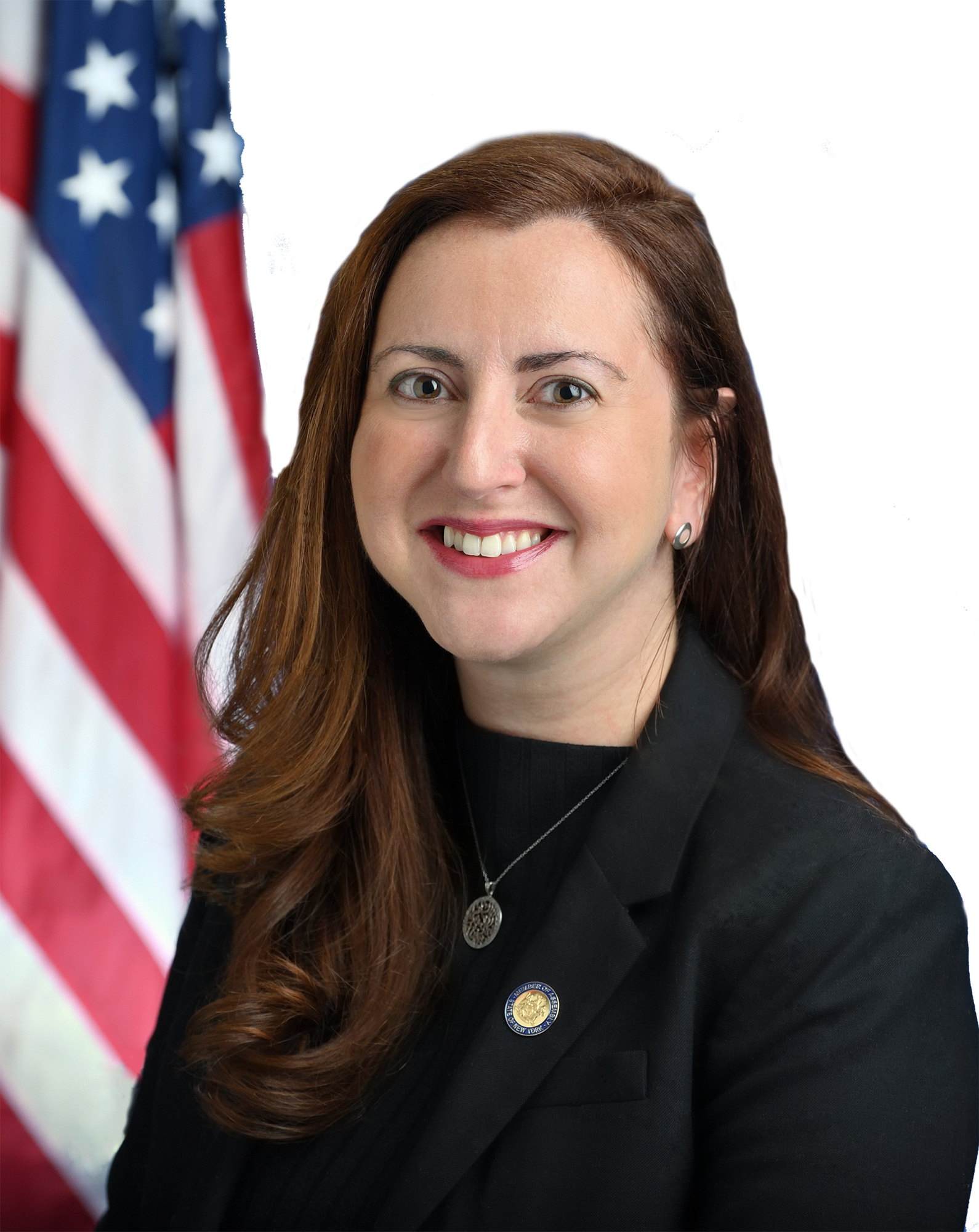Rozic, Ryan: Detailed Statewide Broadband Map Highlights Need for More Reform
Mapping initiative illustrates which parts of New York lack adequate access to high-speed internet service
Highlights legislation to regulate broadband as public utility – Will hold providers accountable, increase coverage, and lower costs for New Yorkers
NY – New York State Senator Sean Ryan (D-Buffalo) and Assemblywoman Nily Rozic (D-Queens) highlighted the next steps now that the New York State Department of Public Service has released a map detailing the availability of broadband internet across New York State. Senator Ryan led the effort to include broadband mapping in the FY 2021-2022 state budget and secured $1 million to fund the initiative, which created a detailed broadband map of New York State to identify areas of concern and determine the best path to expand high-speed internet coverage to all New Yorkers.
The mapping initiative was undertaken as a result of the legislator’s years-long efforts to enact the Comprehensive Broadband Connectivity Act, which called for New York’s Public Service Commission to study the availability, affordability, and reliability of high-speed internet services, and publish a detailed internet access map of the state. Ryan originally introduced the legislation in March 2019 as a member of the New York State Assembly. The bill passed both houses in 2020 with nearly unanimous bipartisan support but was vetoed by the governor at the end of the year. The bill was revived in 2021 and its language was eventually included in the state budget.
The data gathered by this initiative is the most accurate internet access data New York has ever had at its disposal. The state has previously relied predominantly on the data collected by the Federal Communications Commission, which considers an entire census block to be adequately served if at least one household in that block has access to high-speed internet.
The new broadband mapping study found that 97.4% of New York State’s primary address points are served by high-speed broadband service, but the map reveals where the gaps in service exist. Although there are 15 counties with 99% broadband coverage, 26 of New York’s 62 counties have served percentages less than 95%, and 11 of those 26 have served percentages under 90%. In three counties, more than 20% of the address points do not have high-speed broadband service available.
The mapping initiative determined that an underserved location is an address point with at least one wired or fixed-wireless ISP offering download speeds of at least 25 Mbps but less than 100 Mbps, and an unserved location is one with no wired or fixed-wireless providers offering speeds of at least 25 Mbps download available. When excluding the well-served regions of New York City and Long Island, the data shows that nearly 4% of the remaining address points – more than 131,000 addresses in total – are either unserved or underserved.
Even in areas across New York that are considered to be adequately served, the underlying data shows that most New Yorkers lack options. Approximately 55% of addresses across the state served by only one provider who offers high-speed internet. This lack of competition, which disproportionately affects those living in urban areas such as the City of Buffalo and many rural areas, helps to explain why almost half of speed-test survey participants across New York experienced slower speeds than their stated subscriptions. The report also found that low- and moderate-income communities have fewer providers, have slower than average speeds, and pay the highest average price for broadband.
Now that the detailed broadband map and report have been released, members of the state legislature will utilize the data to determine a wide range of solutions to address the problems that have been identified. Earlier this year, Senator Ryan and Assemblywoman Nily Rozic introduced a bill (S.5117/A.7412) with broad bipartisan support that would grant the PSC the same regulatory power that it has over utilities like electricity and natural gas. That oversight would give the PSC the ability to ensure internet service providers deliver their advertised speeds at the advertised prices.
Senator Sean Ryan said, “This study is an important first step in our efforts to ensure that every New Yorker has access to reliable and affordable high-speed internet. Broadband inequity has historically left many low-income communities, rural areas, and communities of color without access to the reliable service that residents of other towns and neighborhoods have long since come to expect. Now that we have an accurate and detailed picture of where the disparities exist, we can begin to determine the best ways to finally close our state’s broadband gap – and the first step should be regulating broadband as a utility.”
Assemblywoman Nily Rozic said, “As we fight for more reliable and affordable broadband for all New Yorkers, detailed mapping is a crucial place to start. This mapping report will allow us to target our efforts to ensure that everyone has access to broadband.”
Dennis Trainor, Vice President for CWA District 1, said, “This map is a monumental step forward in understanding broadband access in New York State. New York has made significant strides in broadband availability in the last decade and in the context of a historic federal investment, this map gives us the information necessary to finish the job. We are grateful to the Public Service Commission for their extraordinary work and to the Governor and Legislature for their deep commitment to universal, high-speed broadband access for all New Yorkers. We look forward to continuing to work together to deliver the highest quality networks and the service consumers deserve, fiber networks built by highly skilled labor.”
